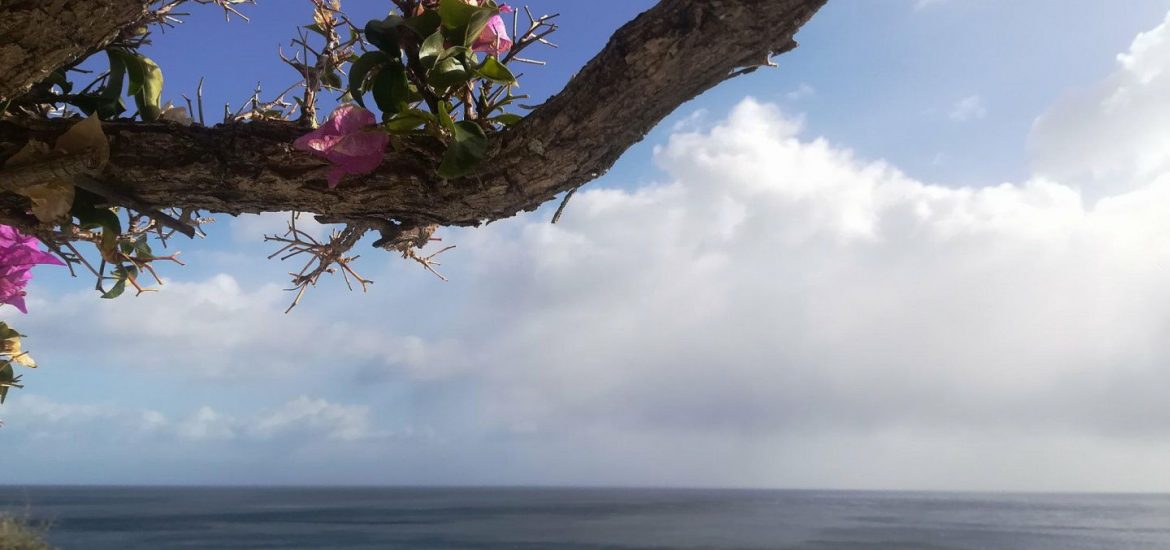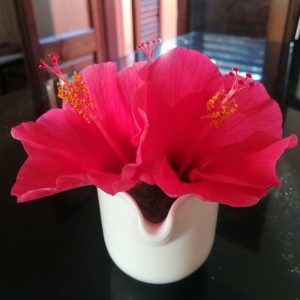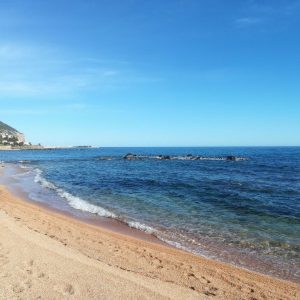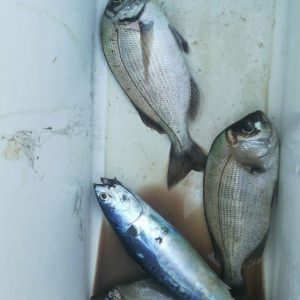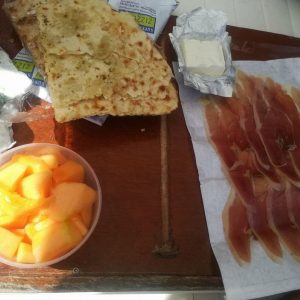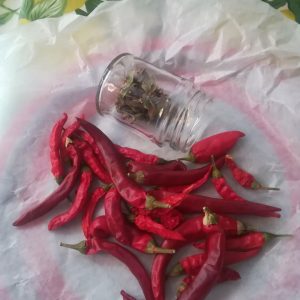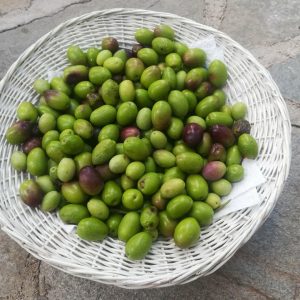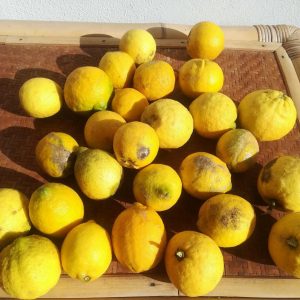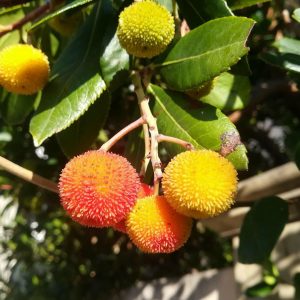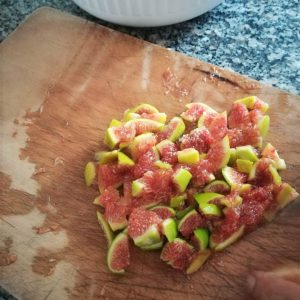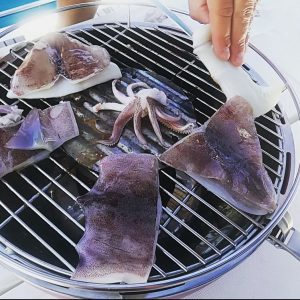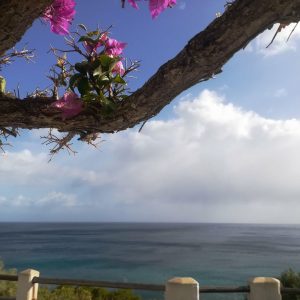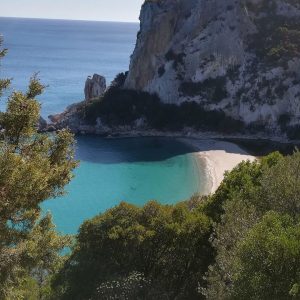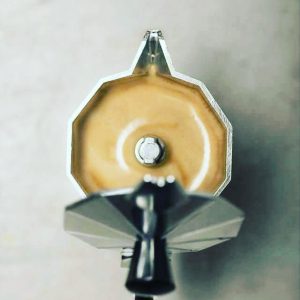Each region of a given country has its own autonomous cuisine. Traditions, methods of preparing specific dishes have their own history and are passed down from generation to generation. Being three months in nature, learning the recipes and tasting new dishes, I fell in love with this island.
I’d like to show you the difference between Italian cuisine, which you probably know perfectly, from the Sardinian cuisine. This beautiful island in the Mediterranean has excellent conditions for growing plants, which confirms the fact it occupies a leading place in Italy in terms of organic production, which for me is Eden!
First of all – tomatoes appear primarily in sauces, as well as artichokes, broad beans, peas, eggplant and zucchini. Second – honey, wine and oil: unpolluted and enriched with everything. Sardinian cuisine uses an excellent amount of aromatic herbs: in the first place basil, then wild fennel, juniper and myrtle, which are used to hare, wild boars and wild birds. If I have never been a fan of bread, but he seduced me here. A crunchy, flat bread called carasau is baked on the whole island. It is easy to digest, versatile and delicious! Sardinia also boasts its sweet biscuit, baked fruit, baked goods and cakes, in which almonds, delicate Ricotta cheese, raisins and many herbs, such as mint, often appear.
Of course, Sardas consume a lot of pasta, especially spaghetti and maccheroni, although in their kitchen there are also similar to ravioli culingiones and the type of gnocchi called malloreddus, which are often considered the most typical dish of the island. I highly recommend it, even though it’s carbohydrates again! Sardinia is also an island of shepherds. The breed of sheep raised here (Razza Sarda) makes it possible to produce unearthly tasty cheeses: Pecorino Sardo and Fiore Sardo DOP, which can be consumed both right after making and subjecting them to aging. Sardinia is also the largest producer of Pecorino Romano DOP cheese. In addition, it is also worth mentioning the goat’s milk cheese produced there, like caciocavallo (called casizol) and provolone. The most characteristic of Sardinian wines is Vernaccia di Oristano, reminiscent of Sherry, which is subjected to the aging process in small barrels. An unusual personality also has Malvasia wine and the rare sweet red wine Girò and white Nasco produced in the area of Cagliari.
Lamb and goat meat are usually served with a strong dry Cannonau, although Carignano del Sulcis is always a good alternative. The full aromas of Vermentino di Gallura, dry Nuragus di Cagliari and stylish Torbato, created in the Alghero DOC appeal.
Oil:
Olio Dorgalese – Nuoro
Meat and sausages:
Agnello di Sardegna IGP
Cheese:
Fiore Sardo DOP
Pecorino Romano DOP
Pecorino Sardo DOP
Spices:
Bottarga
Flower of sea salt
Myrtle
Oregano
Have a nice lecture, I encourage you to spend a holiday in Sardinia!
